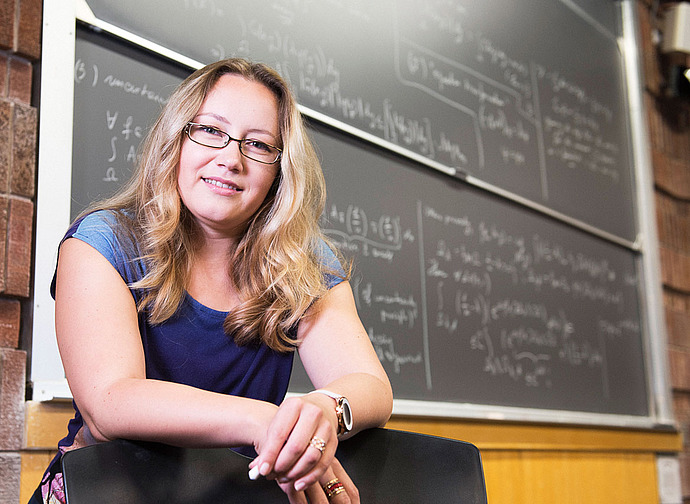
Mathematicians Tame Rogue Waves, Lighting Up Future of LEDs
Philip Anderson won the 1977 Nobel Prize in physics for his discovery of what is now called Anderson localization, a term that refers to waves that stay in some “local” region rather than propagating the way you’d expect. He studied the phenomenon in the context of electrons moving through impure materials (electrons behave as both particles and waves), but under certain circumstances it can happen with other types of waves as well.
Even after Anderson’s discovery, much about localization remained mysterious. Although researchers were able to prove that localization does indeed occur, they had a very limited ability to predict when and where it might happen. It was as if you were standing on one side of a room, expecting a sound wave to reach your ear, but it never did. Even if, after Anderson, you knew that the reason it didn’t was that it had localized somewhere on its way, you’d still like to figure out exactly where it had gone. And for decades, that’s what mathematicians and physicists struggled to explain.
Svitlana Mayboroda, Member in the School of Mathematics, came up with a mathematical formula called the “landscape function” that predicts exactly where waves will localize and what form they’ll take when they do. Mayboroda's work began in the realm of pure mathematics, but unlike most mathematical advances, which might find a practical use after decades, if ever, her work is already being applied by physicists.
Read more at Quanta.